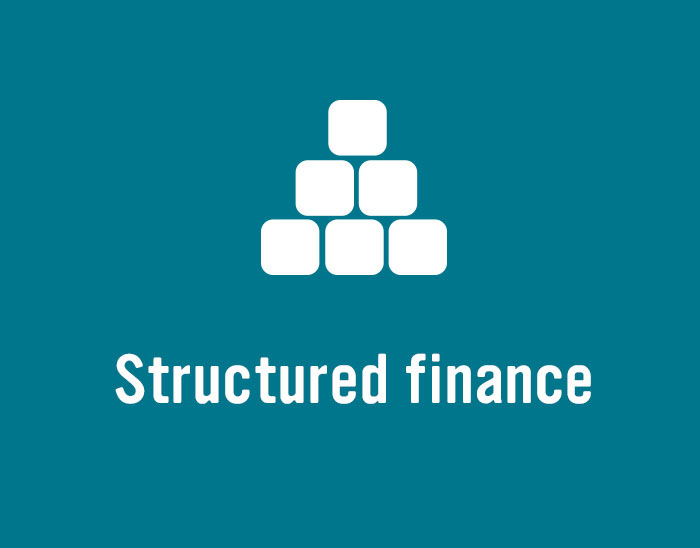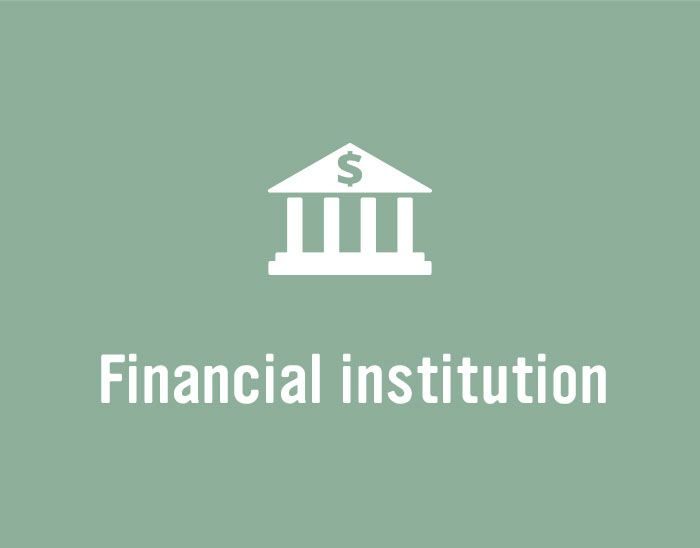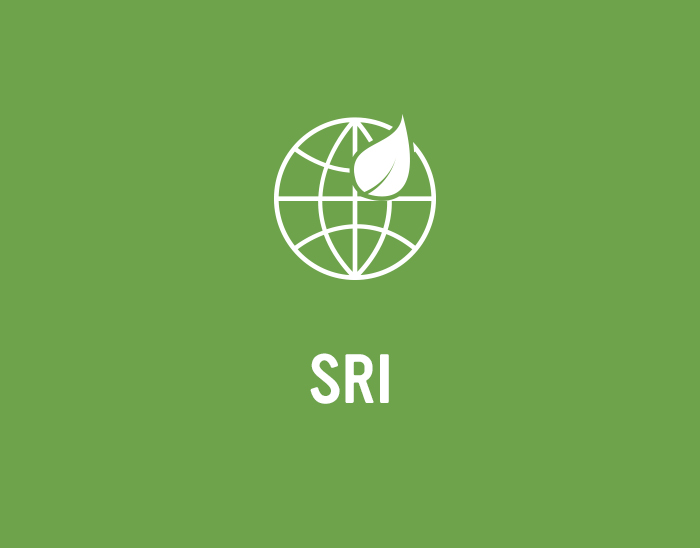
News

KangaNews is proud to present the winners of the institutional and deal categories in the KangaNews Awards 2017. After an extensive voting and verification process, KangaNews can confidently say its results reflect a true market view on the outstanding performers of 2017 in the Australian and New Zealand debt markets.

On 7 January, Macquarie Bank revealed plans to engage investors regarding a refinance of the Class A notes from its Puma Series 2014-1 (Puma 2014-1) residential mortgage-backed securities (RMBS) issue. The notes offered in the refinance are expected to total less than A$260 million (US$185 million).

Commonwealth Bank of Australia (CommBank) (AA-/Aa3/AA-) began taking indications of interest for a new five-year domestic deal on 7 January. The potential transaction will come in either or both fixed- and floating-rate formats and has initial price guidance of 113 basis points area over swap benchmarks. The self-led deal is expected to launch and price in the near future.

On 7 January, Asian Development Bank (ADB) (AAA/Aaa/AAA) launched a new, five-year Kangaroo green bond via Deutsche Bank, Nomura and TD Securities. The forthcoming transaction has indicative price guidance of 43 basis points area over semi-quarterly swap, equivalent to 49.75 basis points area over Australian Commonwealth government bond. Pricing is expected on the day after launch.

The US private placement (USPP) market has arguably been the preferred bond-funding option for Australian corporate borrowers for many years. Market participants acknowledge Australian issuers’ closer ties to USPP than credits from comparable jurisdictions, and say demand evolution in the US means there is little chance of a change in issuance habits.

In late November 2018, KangaNews hosted its annual roundtable discussion for Australian fixed-income strategists. At the end of a turbulent year for markets and geopolitics, the discussion was unusually wide-ranging – taking in factors as diverse as the long-term status of the US dollar as global reserve currency, the duration of the Australian housing-market decline and the credit-supply outlook.

The Australian securitisation market is arguably in its best shape since the financial crisis – at least in the sense of the robustness of market infrastructure and diversity of participants on the issuer and investor sides. In November, a record number of delegates gathered in Sydney at Australian Securitisation 2018, the annual conference of the Australian Securitisation Forum, to discuss the state of play – and some of the looming challenges.

Australian banks have been waiting for a local interpretation of total loss-absorbing capacity (TLAC) rules for a matter of years. The first concrete proposal on how a future regime could look takes an approach that would be unique to Australia. But the advantages of striking out alone have not been articulated and are not readily apparent.

The final week before Christmas brought a raft of government mid-year budget updates, with the Australian Office of Financial Management revealing a scaled-down borrowing requirement for the 2018/19 financial year. Meanwhile, Adelaide Airport signed Australia's first domestic sustainability performance loan.

Following many years of investor feedback about the pricing implication of expected liquidity in high-grade bonds, L-Bank decided to investigate the reality of liquidity in its curve in more depth. Its conclusions draw an important distinction between the traditional measure of liquidity – turnover volume – and the ability to realise value for securities when required.

The growth in institutional assets under management in Asia has been phenomenal. But Australian issuers are still relatively underrepresented in the region. KangaNews and Westpac Institutional Bank brought a group of major Asian buy-side accounts together in Hong Kong to discuss their desire for Australian-origin credit issuance, how the size of their market influences demand patterns and what Australian credits can do to promote long-term support from their regional investor base.

The new revolving loan facility Adelaide Airport signed with ANZ on 20 December is the first in Australia to feature a sustainability performance component. This “incentivises a borrower to even further improve its performance against a set of environment, social and governance [ESG] criteria” according to an Adelaide Airport statement.
